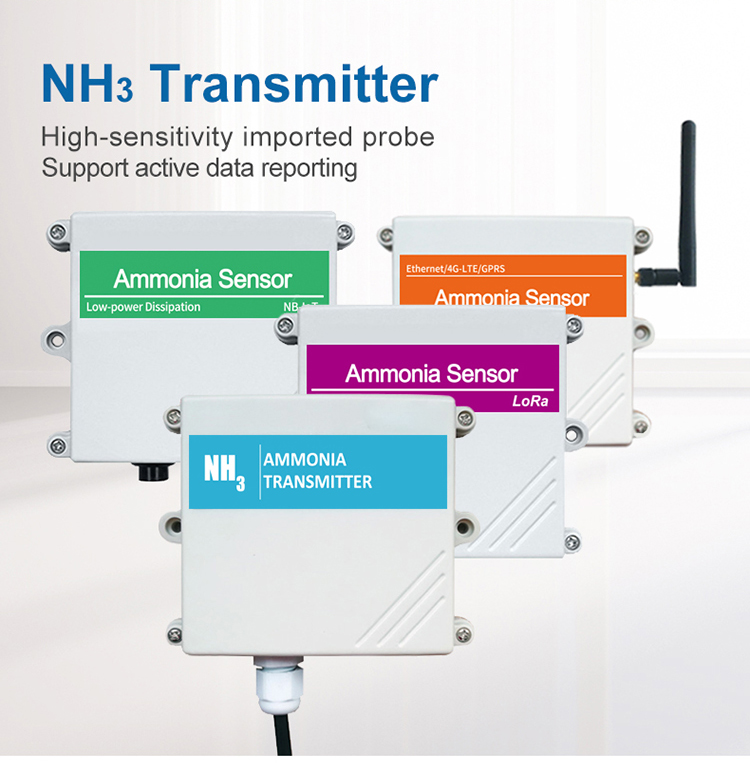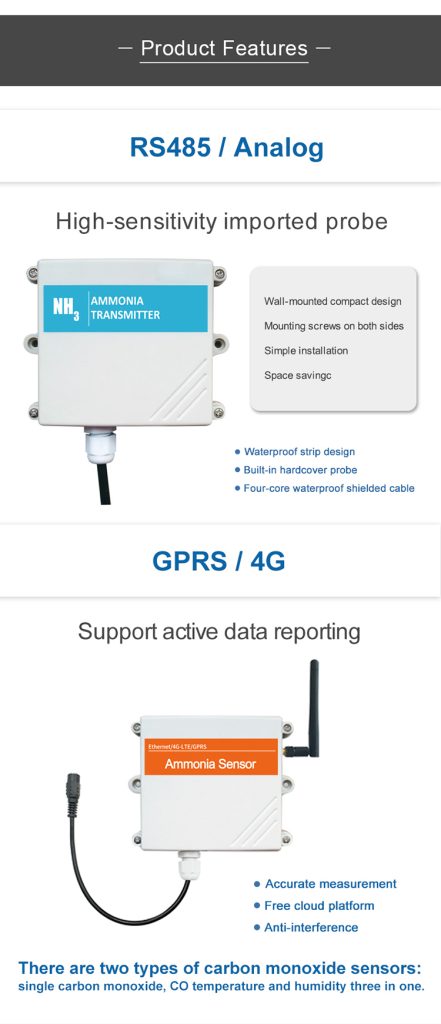NH3 sensors
NH3 sensors are important tools for measuring the concentration of NH3 in the environment.NH3 is a byproduct of chemical reactions and is a common pollutant in the environment. NH3 sensors are used to measure NH3 levels in air, water, and soil.
NH3 Gas Detector-Ammonia Sensor
The role of ammonia sensors

NH3 sensors can detect environmental variables such as pH, temperature, and NH4+ concentrations. NH3 is a gas that is widely used in agriculture and industry, and its concentration in the environment can affect the pH and NH4+ concentrations in the soil and water. Therefore, NH3 sensors can be used to monitor the pH and NH4+ concentrations in the environment.
Ammonia sensors can also detect gas leaks in the environment. If a gas leak is detected, Ammonia sensors can be used to quickly determine the source and location of the gas leak. This information can be used to quickly take corrective measures and reduce the environmental impact of the gas leak.
NH3 sensor can detect gas pollution in the environment. If there is gas pollution, NH3 sensors can be used to measure the gas levels and the gas quality, and then alert the users or technicians about the presence of the gas pollution.

NH3 sensor can detect the presence of harmful gases in the environment. For example, if there is a gas leak or a chemical accident, NH3 sensors can be used to detect the gas levels and the gas quality, and then alert the users or technicians about the presence of the harmful gas.
NH3 sensor can detect the presence of radioactive materials in the environment. If there is a radioactive accident, NH3 sensors can be used to detect the radioactive materials and the location of the accident, and then alert the users or technicians about the presence of the radioactive materials.
NH3 sensors can detect the presence of harmful substances in the environment. For example, if there is a toxic gas leak, Ammonia sensors can be used to detect the harmful substances and the location of the leak, and then alert the users or technicians about the presence of the harmful substances.